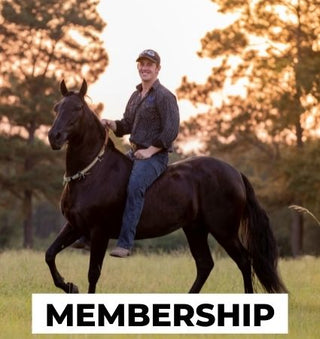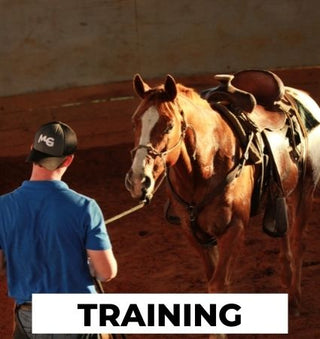We'll discuss the safest and most effective way to unload your horse from a trailer: backing out versus stepping out forwards.
Watch The Video Here Or Continue Reading Below!
Introduction
Welcome back to another post in our trailer series! Today, we're diving into a topic that's crucial for every horse owner: the best way to unload your horse from a trailer. Should you have them step out forwards or back out? Let's explore why I believe backing out is the safest and most effective method.
Why I Prefer Backing Out Horses
First and foremost, I love having my horses back out of the trailer. This assumes the horse is already trained and responsive to pressure, backing up from you on the ground. Here's why backing up is my preferred method:
- Less Shock on the Forehands: When horses step down backwards, it reduces the shock on their forehands.
- Safety on Hard Surfaces: At showgrounds or on asphalt, stepping down backwards is safer and more controlled.
The Process of Backing Out
When backing a horse out of a trailer, follow these steps:
- Untie the Horse: Begin by untying your horse inside the trailer.
- Straighten the Horse's Butt: Position the horse so its hindquarters are straight.
- Step-by-Step: Allow the horse to take one step at a time, feeling its way out.
- Stay Safe: Stand off to the side of the horse's shoulders to avoid being in its path if it hops forward.
Key Considerations
- Avoid Rushing: Take your time to avoid injuries and bad habits.
- Emergency Situations: If necessary, lead the horse out forward in emergencies or if the horse isn't trained to back up.
Conclusion
Backing horses off the trailer is more than just good etiquette; it's about ensuring safety and reducing potential problems. By taking your time and following these steps, you can make the unloading process smoother and safer for your equine friend. Thanks for reading, and happy trailering!
Check out more free training resources HERE!









